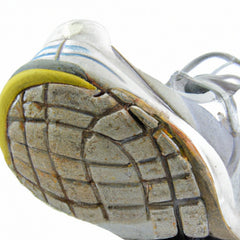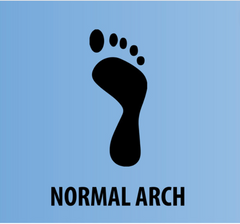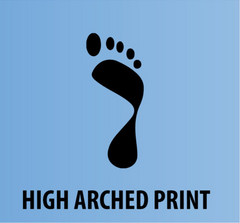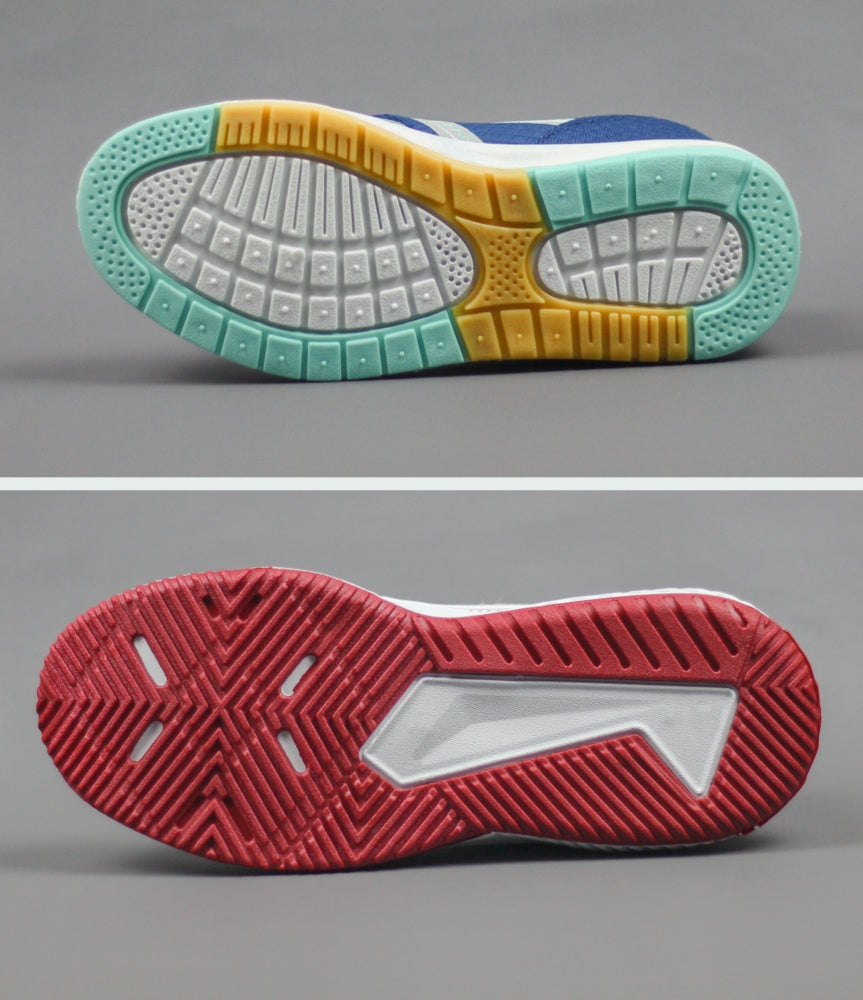Most runners can wear neutral and stability shoes pretty much interchangeably without noticing a big difference in performance or comfort. However, for some runners there can be a noticeable difference. Learn about the features of stability and neutral running shoes so that you can choose the type that is best for you.
Go to comment (1)If you’re shopping for running shoes, you’ve undoubtedly had to choose between a neutral and stability running shoe.
When shopping for running shoes online, knowing the difference between the two can help you pick out the best shoe for you.
The key difference is the level of support
Simply put, the difference between neutral and stability running shoes is how they support your foot.
Stability shoes are designed for runners with low arches that cause their feet to excessively roll inward with each stride (called “overponation”).
Stability running shoes have additional stabilizing features that prevent the runner’s foot from rolling inwards. Though the literature is undecided about stability shoes’ medical benefits, it is commonly said that they help overpronators avoid knee pain, plantar fasciitis, shin splints, and bunions.
Neutral shoes are designed for runners with normal to high arches and provide a normal amount of support to your foot. They provide cushion and shock absorption without affecting the motion of your foot.
Because they don’t have extra stabilizing features, neutral shoes tend to be a touch lighter than stability shoes.
Otherwise, their features are the same.
Neutral vs. stability running shoe features
Historically, stability shoes achieve the extra support via a dense piece of foam underneath a runner’s arch called a medial post.
Today, shoe brands are achieving stability and support in different ways.
Some brands have kept the medial post.
Other brands (like Brooks and Altra) have substituted the medial post with guide-rail systems intended to provide a more individualized level of support.
HOKA has designed its own feature - a ‘J-Frame’: a dense piece of foam that cradles the heel and extends along the inside of the shoe.
To put it simply, running shoes exist on a continuum.
Some shoes that fall into the neutral bucket are more or less stable than others and the same goes with stability shoes. Factors like the firmness of midsole foam, width of the outsole, and construction of the upper all contribute to how stable a shoe performs.
How do I know whether I need a neutral shoe or a stability shoe?
The best way is to get a gait assessment
The best way to figure this out is to visit a running shop and get a gait assessment.
During a gait assessment, a staff member will take measurements and observe your gait to determine whether you have a neutral gait, overpronate, or underpronate.
You’ll then have an opportunity to try on a variety of shoes that will work for you.
At-home method #1: Check the wear pattern on your own shoes
If you can’t make it into a running shoe store, there are two tests you can try at home to get an idea of which type of shoe will work best.
The best at-home way to decide which type of shoe you need is to take a look at the wear pattern on the bottom of your current pair of running shoes.
First, figure out if your current pair of shoes is classified as neutral or stability shoes. You can usually find this quite easily with a Google search.
- Normal wear - If the wear is primarily through the center of the shoe or slightly to the outside, keep the shoe type you're using.
-
Medial forefoot wear from overpronation - If you have heavy wear on the inside of your foot at the toe and heel, you could probably benefit from extra support. Generally, the more wear on the inside of your shoe, the more you pronate.

-
Lateral wear pattern (supination) - If you are currently running in a stability shoe and the wear is predominantly on the outside of your sole, you might consider switching to a neutral or less stable shoe.
This wear pattern indicates that the shoe might be overcorrecting your gait.
However, if you have the above wear pattern but also have the same wear as shown in the 'medial wear' image, then you are probably overpronating.
At-home method #2: The wet feet test
The second test is the wet feet test. It's not quite as reliable, but it's another way to check and help you decide what you need.
When you get out of the shower, stand on a piece of cardboard for a few seconds. When you step off, look at the shape of your footprint.



If you can see nearly the entire outline of your foot with little to no discernible arch, you’ll likely benefit from a stability shoe.
Medical opinions on the neutral vs stability running shoes
Medical studies have gone back and forth as to whether there is a therapeutic benefit to stability shoes for certain runners.
"Most of the research doesn't support specific shoes preventing injury " says Megan Moran, physical therapist, DPT, and Running Program Specialist for MedStar National Rehabilitation Network.
"However, a recent study in the Journal of Orthopedic and Sports Physical Therapy (Williems et al, 2021) found runners were less likely to suffer from pronation related injuries when wearing a stability shoe. This study only looked at 372 runners so we don't have enough information to generalize this to all runners."
Regardless of what the literature says, there is no debate about the benefits of taking your time to find the right shoe."
"Therefore," Megan continues, "as a physical therapist I suggest runners work with their running store to find the most comfortable shoe. Training errors are more often the cause of injury so learning how to avoid those should be top of mind for runners!"
The bottom line is that there's a shoe that's right for you out there and it pays to find it. If you need help finding the right shoe then we—or any other run-specialty store—can provide a gait assessment and help you select a shoe.
The best neutral and stability running shoes
When the time comes to select a shoe, we hope that you'll shop with us on our online running store. Pacers Running only stocks quality inventory, so anything that you find on our site is tried and trusted.
To help you out, we've highlighted the best of the best neutral and stability running shoes in the articles below.
If you still have questions, please reach out to us via @runpacers on Facebook, Instagram, and TikTok. We'll be happy to help you out!










Neutral vs. Stability Running Shoes
Comment (1)
Your content always stands out—not just because of the topic, but because of the thought and clarity behind it. Keep it coming!
https://www.tobys.com/